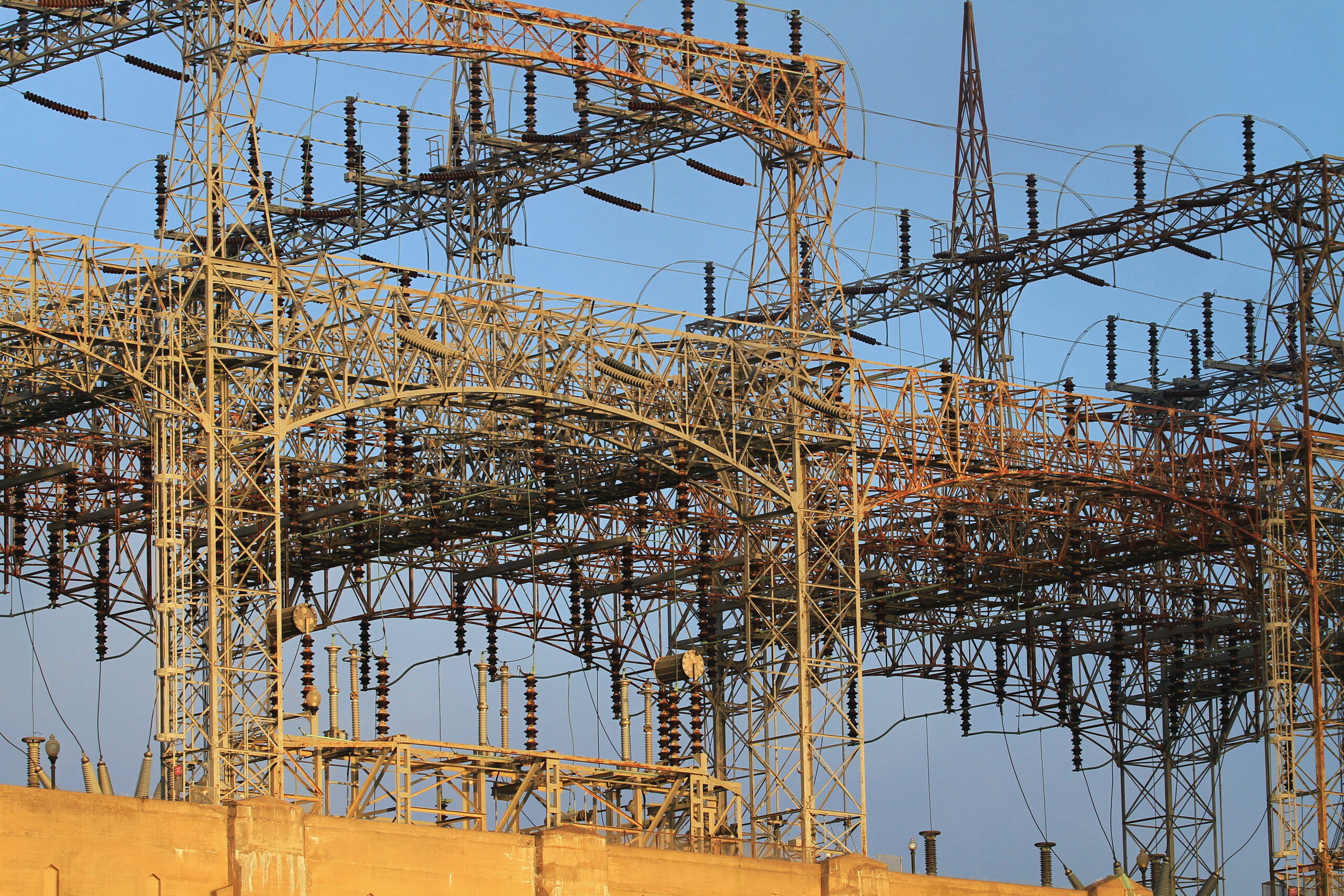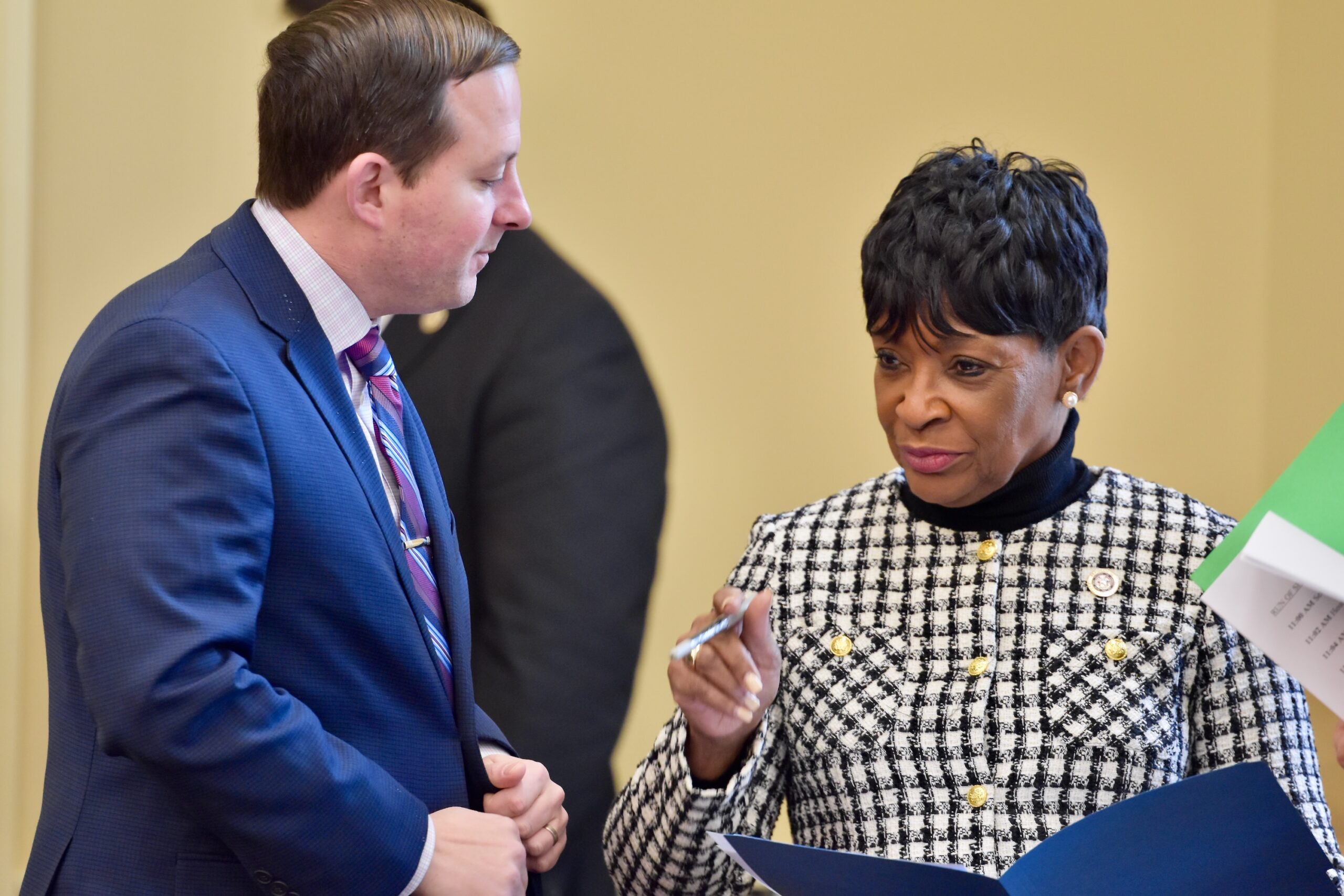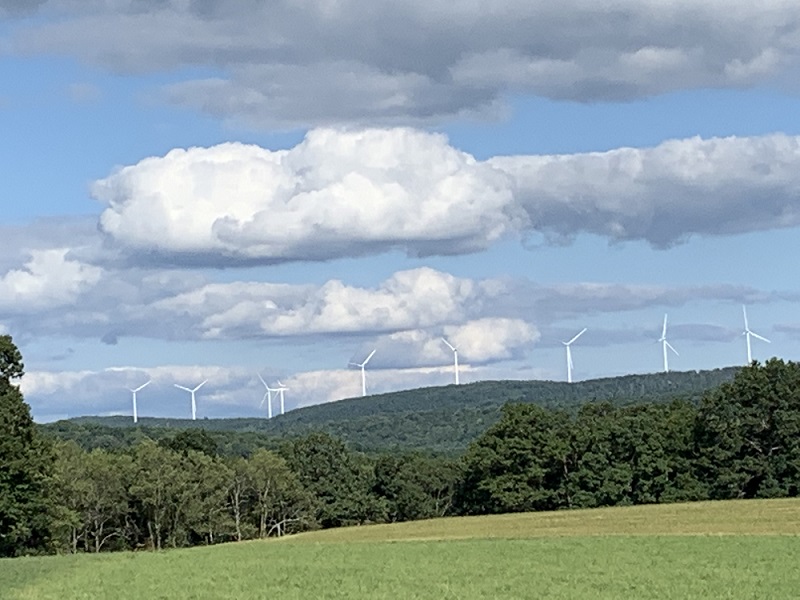It’s no secret that Maryland has a long way to respond effectively to the climate crisis, and not much time to do it in. Global warming is advancing quickly, and we are starting to feel the alarming climatic and ecological impacts that will worsen as temperatures rise. And while the urgency of phasing out fossil fuels is high, we have to make the right choices. Time is short, money is finite, and energy is already expensive for many consumers, especially for families who are doing their best to get by on lower incomes.
But there is no reason for pessimism, or even for compromising our values. Maryland can make the shift to renewable energy, rapidly and affordably—a recent study shows how—but we have to make the right choices.
That is why a recent opinion piece in Maryland Matters needs a response. The premise of Michael Hernick’s commentary is correct: “Stakes Are High for Clean Energy and a Chance to Save the Bay.” But the author’s prescriptions are not. In fact, the focus of the piece is based less on how to expand clean, renewable energy like wind and solar power in Maryland, and more on how to continue using polluting, dangerous energy sources like nuclear power and fossil fuels. Mr. Hernick is a skilled writer, but the path he paints is a dead end.
He claims Maryland should stake our energy future on non-existent nuclear technology, claiming so-called small modular reactors (SMRs) have to be a cornerstone of our climate future. Nothing could be further from the truth. Several of these SMR designs have been proposed over the last decade, and nearly all have already been dropped. Numerous analyses by independent experts have concluded SMRs have no promise of becoming economically feasible.

Tim Judson
The first SMR design being developed, by an Oregon start-up called NuScale, will not even be certified by the Nuclear Regulatory Commission for at least a year, and possibly longer. Even if that critical safety review proceeds on schedule, the first prototype would not be built until the mid-2020s. The first proposed projects are already being pushed back to the 2030s, and even then with terrible cost implications for consumers.
But in any case, there is no meaningful linkage between “nuclear power in the short run” and SMRs in the long run. SMRs are either going to prove feasible or not, but the nuclear reactors currently operating in Maryland—at Calvert Cliffs Nuclear Power Plant—are over 40 years old and will become less and less economical to run. Assuming a catastrophic failure does not shut one or both reactors down unexpectedly, the cost of maintaining them will.
The only purpose for “preserving” Calvert Cliffs until SMRs (or other even more speculative designs) are commercialized would simply be to prevent renewables from filling the gap. By the time SMRs ever roll around, the economics of offshore wind, distributed solar, electricity storage, etc., are almost certain to be in an even stronger place than they are now.
And while Calvert Cliffs does not burn fossil fuels, it is still one of the worst abusers of the Chesapeake Bay. On a daily basis, the reactors’ cooling systems suck in over 3 billion gallons of water, more than all other power plants and industrial facilities combined. Fish and other organisms are destroyed in the process.
On the other end of the cooling system, billions of gallons of superheated water are dumped back into the bay, raising water temperatures to levels that put stress on marine life: reducing oxygen levels and making the water too warm for fish and other wildlife adapted to the Bay’s natural habitat. Calvert Cliffs isn’t likely to shut down for at least several years, but its eventual closure will eliminate one of the single greatest abuses of the Bay.
Equipping coal and gas plants with carbon capture and storage (CCS) has proven almost less feasible than new nuclear. In any case, it is far from a “proven” technology and is nowhere “on the cusp of broader deployment,” as Mr. Hernick claims. The CCS projects that have been proposed in the U.S. have been a total failure. Over a decade ago, Illinois set an energy standard to provide 5% of its electricity from plants with CCS, but that has not resulted in a single such power plant to date, and none are currently proposed. In Alabama, Southern Company finally canceled the billions-over-budget and years-behind-schedule Kemper project in 2017, eliminating the CCS component and planning to operate it as a conventional natural gas power plant.
In fact, the utility industry has all but accepted that CCS is not economical, unless there is some auxiliary value/revenue stream for the carbon dioxide (CO2) emissions that would supposedly be sequestered. Most of the uses for CCS that are being actively promoted now are tied to oil extraction: pumping the CO2 from a power plant underneath petroleum deposits to pressurize wells that might otherwise be uneconomical. Since Maryland is (presumably, one would hope) not going to be drilling for oil, there is not even such an opportunity for CCS, so proposing it as part of our energy future is simply hand-waving.
In addition, Hernick tries to make a link between the aging Conowingo hydropower dam and water quality in the Bay. But he downplays serious problems, including debris flowing into the Bay from the Conowingo reservoir, and he ignores toxic contaminants building up in the sediments behind the dam. Conowingo may have a role in Maryland’s energy transition, but there has yet to be a thorough and unbiased evaluation of the dam’s future and its impacts on the Bay. Mr. Hernick’s call for “value[ing] the dam for its role in clean energy and the bay’s overall health” is premature, at best.
At worst, it is deliberate greenwashing, on behalf of Conowingo’s owner, Exelon Corp. Exelon is the 800-pound corporate gorilla in Maryland’s energy industry. It is also the owner of Calvert Cliffs Nuclear Power Plant, and owner of the largest utility companies in the state, which serves over 80% of Maryland electricity customers: BGE, Pepco, and Delmarva. In fact, Mr. Hernick’s op-ed reads something like Exelon’s corporate business plan: talking about “clean energy,” while advocating subsidies to maintain the dirty energy status quo.
Maryland can have a safe, clean, affordable, sustainable energy future—but only by making the right choices. Fossil fuels and nuclear power only offer false promises and dead ends. But renewables, efficiency, storage, and other modern, smart energy technologies are proving just the opposite. Instead of resisting that fact, the Hogan administration should start working on how to ensure all Marylanders benefit from transforming our energy economy to one based on renewable energy, and that no one is left behind.
Tim Judson is executive director of Nuclear Information and Resource Service, a nonprofit environmental group based in Takoma Park.




 Creative Commons Attribution
Creative Commons Attribution